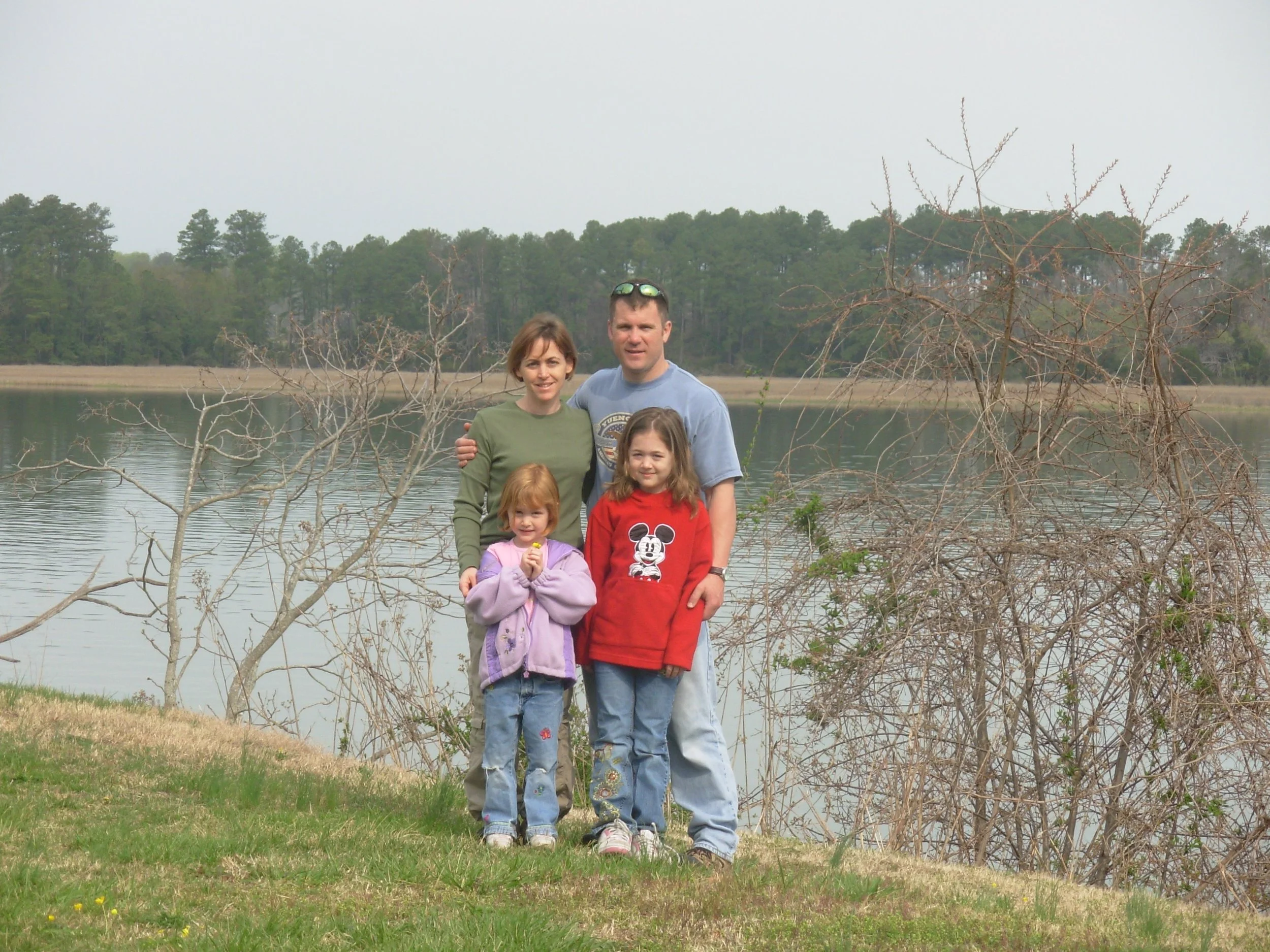As a child I always wanted to help in saving the bees - now my father and I are doing just that.
After a successful first couple of months, we began to notice that a fair amount of the colony’s members began to die out. In what felt like an overnight occurrence, we woke up to thousands of bees dead just outside the entrance of the hive. This took a big hit at our confidence in being able to support this once bustling community, but after our first attempt, we kept our eyes on the end goal; reaching 50,000 bees which signifies a healthy functioning hive, and a sweet reward that comes in the form of honey.
So we ordered more. Our excitement was building as the delivery date got closer. We began to anticipate the arrival of our second round of bees. We could now say that we had done this before, so there was no room for mistakes.
Throughout grade school, the single most important fact we learned about bees, aside from how they pollinate, is that they are dying. “Save the bees” was plastered onto shirts and an endless amount of bumper stickers. Growing up, my father had always stressed the importance of how the practices of bees play a vital role in providing the world with an endless amount of goods through the process of pollination. As a result of this, I was always sure to acknowledge how they were helping humans, despite my intense fear of them as a child. However, as I got older I wanted to do more to help. After a few conversations with my father on the topic, it was easy to get him on board.
Throughout my childhood, my house was littered with "for dummies" books which never seemed to catch the light of day. My father was an enthusiast of all things but would quickly burn out and place each with the rest in a stack.
It was not until being sent home from university for Covid-19 did I notice a Beekeeping for Dummies book filled with sticky notes and dog-eared corners. Soon, my father and I would be fully enveloped in the world of beekeeping.
A friend of my father's had been keeping bees for around a year. He and his wife got started after her doctor mentioned bee sting therapy as a way to reduce symptoms of Lyme disease. After receiving a number of bee-related photos and a few conversations later my dad instantly wanted in. I must be honest in saying that taking care of any animal or creature is never an easy task. However, I did not realize how many parts and details go into obtaining the bees, helping them establish themselves, and then keeping them alive to grow and produce honey.
My father and I visited his friend's hive many times in order to become more familiar with the reality of what we were getting invested in. We received the full rundown; never wear black clothing around them, as they might mistake you for a bear attempting to steal their honey. Always be sure to wear a bee suit to avoid getting stung, unless you are comfortable and catch a little bit of luck in getting a tolerant hive. The most important rule came last and it’s one that we are all familiar with - “don’t mess with them and they won’t mess with you.”
Our first step when we got started was to prepare for the arrival of our bees. We were careful to check with surrounding neighbors about any concerns they may have. We assured them that as long as we have a source of water for them to pull from, none of the surrounding pools would have any unwanted visitors. Thankfully, those that we did ask did not seem to have any concerns, and some were even interested in seeing how all of this would come together.
After feeling the ropes a little bit, we went ahead and worked on collecting the supplies that we would need to host these new friends of ours. Our man-made beehive, or professionally known as an apiary, came in first. To our surprise, we were sent an extra apiary after only placing an order for one. My dad suggested we not get ahead of ourselves, start with one, then add on as the population grows. My mom, knowing my dad's pattern of getting quickly invested in specific things was wearisome but agreed that as long as I painted the hive and attempted to make it look good, she was on board. Within a week, I was waiting in line at my local paint store with two miniature buckets of paint. I got to painting, did the best that I could, then moved on so we could get the ball rolling.
Now completely prepared for our new hobby, we had to wait for our shipment of bees to arrive. The delivery was being shipped from a farm in North Carolina. This is where I was met with some confusion. How were they collecting these bees, putting them into crates, and then shipping them to another state? After a fair amount of research, I found that some farms boast giant apiaries of bees that are being raised to be shipped to another location. Usually, they are delivered in a box that averages about 10,000 individual bees. Its weight of about three pounds was a reminder of the delicacy that’s required to transport these small but mighty insects.
With much relief, I found that this process is typically harmless, and relocating hives is a regular part of the bees' life. In this process, however, rather than leaving one hive and having to build another, they are simply being placed in one that had already been built for them. Sent with sugar cane to keep their sweet tooth satisfied, a whole family of worker and drone bees, and of course, the queen bee herself were on the way. Except, the queen does not arrive in some sort of adorned throne, but rather enclosed alone in a cage completely made of wax.
My dad was quick to jump in handling the bees but I was hesitant, to say the least. Yes, I would let a bee or two land by me from time to time, but staring at a box filled with thousands of insects was daunting. The steady hum of buzzing made it all the worse, however, I threw on my bee suit and quickly worked past it, as we needed to transfer the bees to their new hive.
After arriving at their destination and future home, they are immediately dumped into the new hive. Here is where they began to grow comfortable with their new home, using their wings to spread their pheromones and conducting orientation flights to gain familiarity with their fully wooden hive. The most important step was freeing the queen bee from her cage. This is when the other members of the colony begin biting through the wax cage to set her free so she can get started on running production.
When we began the first phase of taking care of the new members of our family, pounds of sugar began to arrive at the house which was tossed into hot water to make homemade simple syrup. Attached to the hive is a device that connects the sugar water to the bees. This is an essential step that provides the colony with the fuel needed to begin building up their combs and producing food of their own. Even if all precautions are taken care of and the hive is fully supported, there is still a chance of things not going as planned.
One morning when checking on the colony, my father found thousands of dead bees laying directly in front of the hive. We had noticed some losses leading up to this day, but we were not expecting to see what looked like the entire colony scattered through the mulch. I began frantically googling reasons and solutions while my dad did the same on the phone with his beekeeping friend. We discovered that there are many reasons as to why a colony might die out or leave, but the only thing we could do is take a look inside and try to figure it out. It was an unsuccessful search that left us with little to no answers. Accepting this outcome, we moved on and began to focus on other things.
With a stroke of luck, one of our family friends' colonies swarmed. Now, this sounds like a bad thing, and in some instances it is, but for beekeeping, it can turn out to be a positive outcome. A swarm is what happens when a hive of bees either decides they no longer like their current home or they’ve outgrown it. It is hard to explain what thousands of bees forming together in the air look like, but it usually takes the form of a dark cloud that eventually attaches itself to the nearest post or branch. We had been prepared for this and supplied the surrounding area with a swarm trap. This is, in a basic sense, a halfway house for the bees to stay in, in which they are then taken to an apiary that is waiting for them.
A little under a year later, we began harvesting a small but healthy amount of the honey we, and the bees, worked so hard for. The first thing iI did was add it into my tea, then enjoyed it by sitting next to the hive as a way of thanks. We felt accomplished after facing the trials and tribulations of months prior, and the thought of improving our local environment at the same time made it all the better.
The biggest takeaway I have taken thus far in my year and a half of keeping is patience. I had been naive enough to think that honey would just appear within a month or two of our bees being in the backyard. However, it is a much longer process that requires a great amount of attention and care. A year goes by and we have a brand new hive after our first failure, and the numbers are growing fast. We had met our goal of hitting 50,000 so it was time to bring out the second hive and give them more to build on. Much talk was had about when we thought we’d be able to harvest our first batch of honey. Spring had come and gone with not enough honey to justify putting in the work to harvest. They had a good foundation and it would be foolish to cut their supply short and then cross our fingers for the best. The fall season was quick to sweep itself into the optimal time for a harvest process to take place, and so it began.
Octagon-shaped jars were then quickly purchased alongside twine to adorn the glassware with miniature honey dippers. Although not a gigantic harvest, with the help of our bees, we produced a gallon of honey. Our next-door neighbors received the first jar as a thank you for putting up with our newfound hobby. Following, close friends and family alike would receive their jars of honey free of cost.
Our sights are now set on a wealthy spring harvest. This time around, we aim to produce a much larger amount of honey. My father’s only concern is to provide the bees with a nurturing environment, and although only with little impact, we have managed to accomplish just that. Looking back on my younger years, when I would constantly hear “save the bees,” I feel a sense of accomplishment knowing I played a small role in solving a much bigger problem.












































